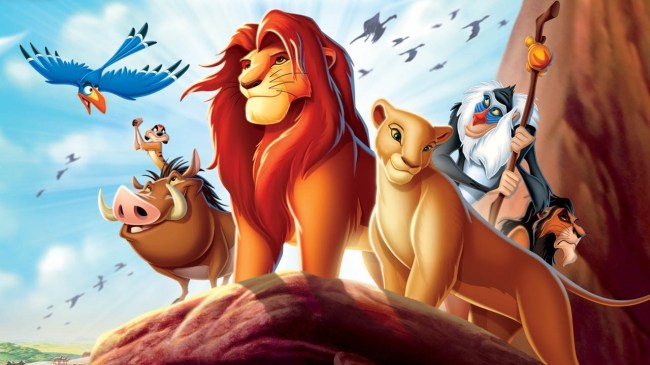This year marks a double celebration for Disney's beloved "The Lion King": its 30th anniversary and the release of Barry Jenkins' prequel, "Mufasa: The Lion King." The original 2D animated film, released in 1994, redefined animation with its groundbreaking digital techniques, introducing a live-action aesthetic to its captivating "Circle of Life" story.
"The Lion King," directed by Roger Allers and Rob Minkoff, was an early pioneer in utilizing digital technology. The innovative "Computer Animation Production System" (CAPS) developed by Disney and Pixar in the late 1980s enabled animators to color digitally, creating a vibrant and dynamic visual experience. This allowed for complex camera movements, dramatic lighting, and multiplane shots that provided a sense of depth unseen in traditional animation.
The film's opening sequence, "Circle of Life," showcased these advancements. With its monumental landscape, inspired by the paintings of N.C. Wyeth, the sequence introduced a majestic panorama of animals converging at Pride Rock, highlighted by the breathtaking flight of Zazu and the commanding presence of King Mufasa.
"The Lion King" further pushed the boundaries of animation with its innovative approach to the wildebeest stampede. This harrowing sequence, which led to Mufasa's tragic demise, took over a year to complete, utilizing a groundbreaking 3D coding system to simulate the chaotic behavior of a stampeding herd.
Beyond its technical achievements, "The Lion King" resonated with audiences on a deeply emotional level. The film's powerful themes of responsibility, loss, and redemption resonated across generations, solidifying its status as a timeless classic.
The success of "The Lion King" also spurred a new wave of animation talent, including industry legends like Andreas Deja, who supervised the memorable Scar, and Tony Bancroft, who oversaw the lovable Pumbaa. The film's legacy continues to inspire animators today.
The 2019 remake of "The Lion King," directed by Jon Favreau, built upon the original's foundation, leveraging a Nat Geo-like aesthetic and an innovative virtual production workflow to create a photorealistic experience. Despite its marketed "live-action" label, the film utilized keyframe animation by MPC, which earned a VFX Oscar nomination.
Now, with "Mufasa: The Lion King" set to hit theaters in December 2023, the legacy of "The Lion King" continues to evolve. The prequel, directed by Barry Jenkins, promises a deeper exploration of Mufasa's rise to power and his complex relationship with his brother Scar. The film will feature a stellar cast, including Aaron Pierre as Mufasa and Kelvin Harrison Jr. as Scar, and will undoubtedly push the boundaries of animation further with the latest advancements in visual effects.
"The Lion King" began as a seemingly outlandish idea, a Broadway-style musical about Hamlet in Africa. But its innovative use of digital technology, combined with its emotionally resonant story, catapulted the film into the annals of cinematic history. It serves as a testament to the power of imagination and innovation, proving that even seemingly outlandish ideas can blossom into enduring masterpieces.
Article
Entertainment

The Lion King's Legacy: From Humble Beginnings to a Cinematic Masterpiece

